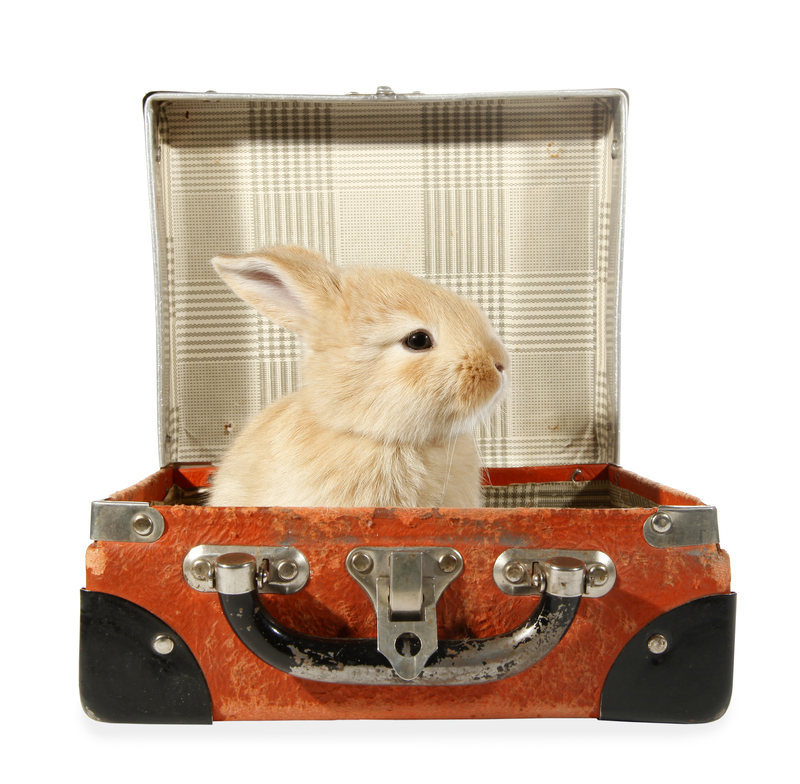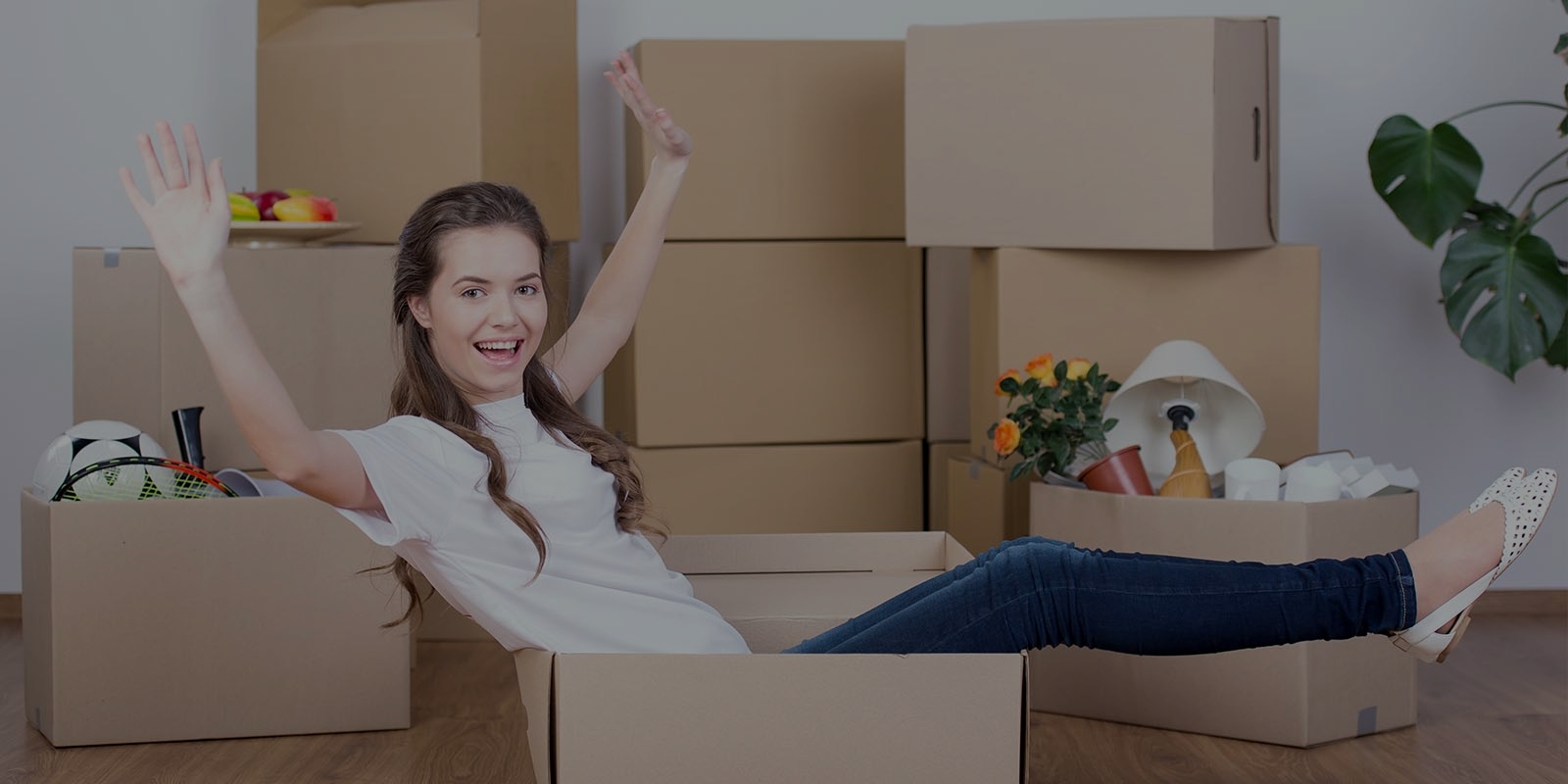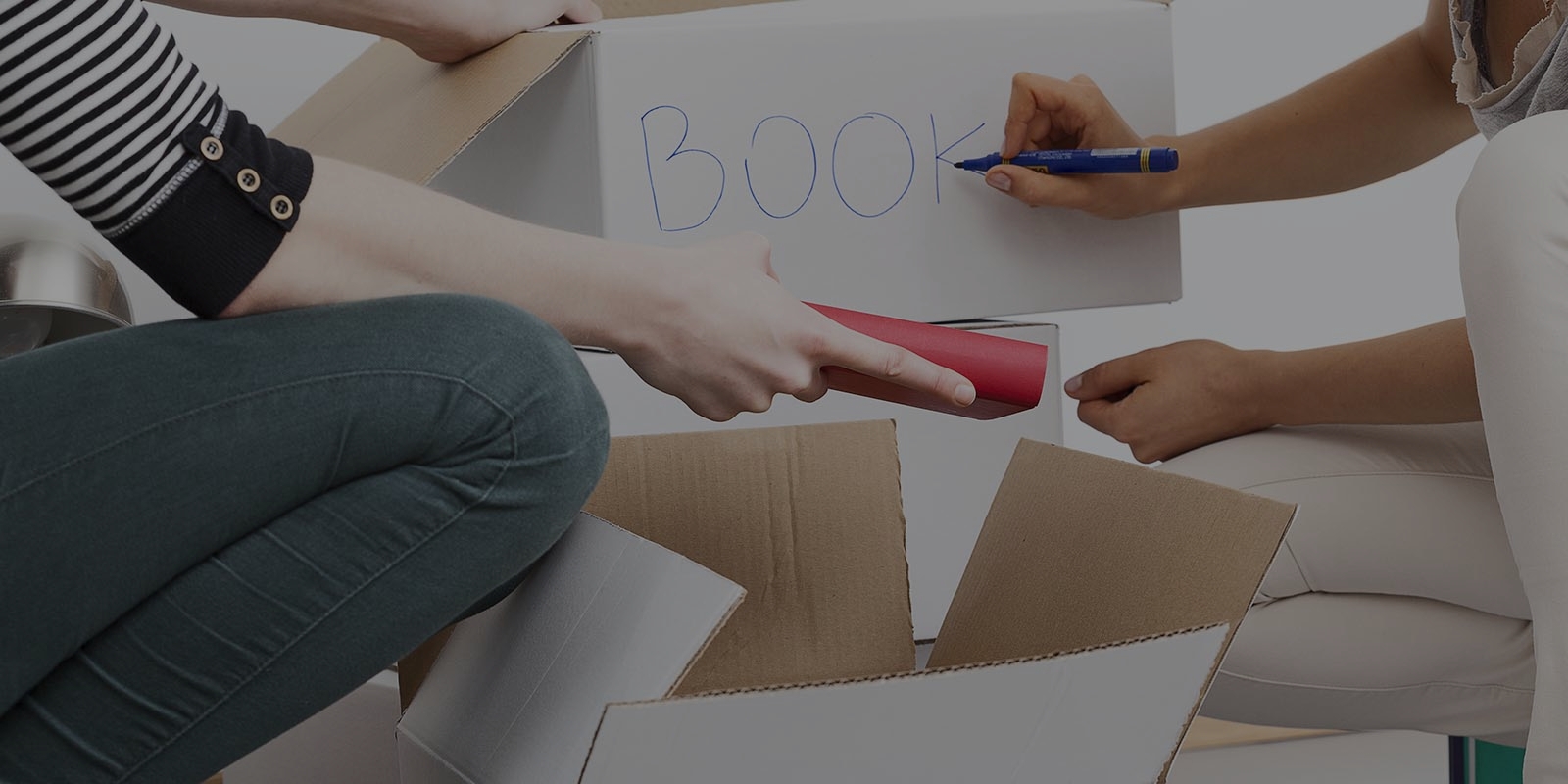Understanding the Challenges of DIY Piano Moving
Posted on 14/06/2025
Understanding the Challenges of DIY Piano Moving
Pianos are majestic instruments, delicate yet robust, and often become the heart of a home. But when it comes to relocating them, either within the same house or to a new location altogether, many homeowners are tempted to consider the do-it-yourself route. However, moving a piano is far from a straightforward task. In this comprehensive guide, we'll explore the numerous challenges of DIY piano moving and why many experts advise caution or recommend hiring professional piano movers.

Why DIY Piano Moving Seems Attractive
Moving costs are a concern for many, especially when relocating an entire household. The thought of saving money by enlisting friends or family and attempting to move a piano without professionals can be alluring. Some people also feel a deep attachment to their instrument, wanting to ensure its safety through personal control. Others may believe that with enough muscle and planning, the job isn't too complex. However, this underestimates both the physical and technical difficulties of piano relocation.
The Complexity of Different Piano Types
Pianos come in several designs, each presenting unique moving requirements. Understanding these differences is essential for anyone considering DIY moving.
Grand Pianos
- Weigh between 500 and 1,200 pounds.
- Require special disassembly (often removing the legs, pedals, and lyre).
- Delicate inner workings and large surface areas prone to scratches and impacts.
Upright Pianos
- Typically weigh between 300 and 800 pounds.
- Tighter center of gravity, but still difficult to maneuver due to size and weight.
- May fit through standard doorways better than grands but still require careful handling.
The Underestimated Risks of DIY Piano Moving
Attempting to move a piano yourself can expose both the movers and the instrument to significant hazards. Let's take a closer look at the primary challenges of moving a piano without professionals:
1. The Weight and Size Challenge
Even the smallest upright pianos weigh several hundred pounds. Grand pianos are larger, often requiring four or more people to move safely. The awkward shape and bulkiness exacerbate issues, forcing carriers to maneuver narrow hallways, tight stairways, or sharp corners.
- Risk of Personal Injury: Common injuries include strained backs, crushed fingers, or even more severe complications like fractures or hernias.
- Damage to Interiors: Floors, walls, and doorframes are all at risk from a misstep or slip.
- Piano Damage: Mishandling can crack soundboards, break legs, or disconnect pedals--issues that are costly to repair.
2. Lack of Specialized Moving Equipment
Unlike professional piano movers, most DIYers lack access to crucial tools and materials such as:
- Piano Dollies: These are specifically designed to support the instrument's weight during transit.
- Straps and Harnesses: For safely distributing weight and securing the piano during lifts and moves.
- Padding and Blankets: To protect the finish and transport components.
- Ramp Systems: For safe navigation of stairs and truck loading/unloading.
3. Navigating Challenging Spaces
- Staircases: Angles, narrowness, and varying riser heights make stair navigation especially treacherous.
- Doorways: Many pianos, especially grands, will need to be turned or partially disassembled to pass through doors without damage.
- Uneven Terrain Outside: Lawns, steps, or inclines pose hazards for wheeled equipment and even footing.
Professional movers assess routes ahead of time, plan for obstacles, and use team coordination--elements often missing in a DIY scenario.
4. Instrument Vulnerability
Pianos are both heavy and delicate. Inside, over 10,000 moving parts work together to create your favorite music. The risk of:
- Internal Shift or Damage: A sudden jolt can misalign keys or strings.
- Finish Damage: Scratches, gouges, and chipped corners reduce beauty and value.
- Tuning Loss: Changes in temperature, humidity, or a physical shock can knock the instrument out of tune and require professional recalibration.
5. Insurance and Liability Concerns
Most homeowner's insurance policies do not cover damage caused during a DIY move. If a friend gets hurt, you could become liable for medical costs or lawsuits. Professional movers, in contrast, carry:
- Liability Insurance: Protects both your property and their workers during the move.
- Instrument-Specific Coverage: For rare or high-value instruments, this can be an essential safeguard.
6. Hidden Costs of DIY Moving
While it may seem economical initially, DIY piano moving can quickly become expensive because of:
- Equipment Rentals: Dollies, straps, trucks, and padding are not free.
- Damage Repairs: Scratches, broken keys, or structural damage add up.
- Personal Injury: Medical bills can far exceed professional moving rates.
- Tuning and Restoration: Even if no visible damage occurs, post-move tuning or regulation is often needed.
Best Practices for Moving a Piano Yourself
If, despite these cautions, you're determined to attempt a DIY piano move, here are guidelines for maximizing safety and minimizing the risk of injury or loss.
1. Assemble a Strong, Reliable Team
- Gather at least 3-4 adult helpers with good physical health.
- Ensure clear communication and assign specific tasks for each person.
2. Secure Proper Equipment
- Rent or borrow a piano dolly tailored for your piano type.
- Acquire heavy moving blankets, strong straps or ropes, and hand tools if disassembly is needed.
- Use gloves with good grip to protect hands and maintain control.
3. Prepare the Route and Surroundings
- Measure doorways, staircases, and hallways ahead of time to ensure clearance.
- Clear obstacles--rugs, loose items, furniture--along all parts of the path.
- Plan for and address challenging areas (tight turns, thresholds, or uneven surfaces).
4. Protect the Piano Thoroughly
- Wrap the piano with thick, secure blankets to prevent scratches and dings.
- Secure covers with tape or straps--avoid putting tape directly on wood finishes.
- If possible, remove and individually wrap legs, benches, or other detachable parts.
5. Use Correct Lifting and Moving Techniques
- Always lift with the legs, not the back, and keep the piano upright (never tilt on corners or its back).
- When using a dolly, ensure it is correctly positioned and locked before moving.
- Take breaks during the move to avoid fatigue-induced accidents.
The Advantages of Professional Piano Movers
While DIY piano removal is possible, it comes with significant risks. Hiring professional piano movers provides distinct benefits:
- Specialized Training: Movers have extensive experience with various piano types and challenging environments.
- Advanced Equipment: They bring dollies, ramps, hoists, and padding designed for pianos.
- Insurance Protection: You benefit from greater financial security in case of problems.
- Time Efficiency: Professionals move pianos quickly and safely, allowing you to focus on other aspects of your move.
- Reduced Stress: Avoid the anxiety of doing physical and logistical heavy lifting yourself.

Frequently Asked Questions About DIY Piano Moving
Can two people move an upright piano safely?
While it's technically possible for two very strong individuals to lift a small upright piano over a short, flat distance, it's not recommended. The risk of dropping or tipping the instrument is high, and uneven weight distribution can lead to both personal and property injury.
What's the average cost to move a piano professionally?
The cost can vary by location, piano type, distance, and job complexity. Typically, local upright piano moves range from $150 to $400, while grand pianos or long-distance moves can cost several hundred dollars more. The price reflects the skill, equipment, and insurance provided.
What are the main dangers of using a moving truck for DIY piano relocation?
Improper securing in the truck can result in rolling, sliding, or tipping during transport, which damages both the piano and other cargo. Ramps can also be hazardous if used without proper support or technique.
Should I tune my piano after moving it?

Conclusion: Weighing the Risks vs. Savings
The challenges of DIY piano moving go far beyond just lifting heavy objects. They include assessing risk, managing logistics, obtaining equipment, and understanding the complex mechanics of the instrument itself. Saving money may seem appealing, but the risks to both the piano's integrity and your physical health are significant. For those serious about protecting their valuable instrument--and their own well-being--consulting and hiring professional piano movers is often the wisest choice. If you must move your piano yourself, plan meticulously and proceed with the utmost caution.
Remember: A piano is more than just furniture. It's an investment, a centerpiece, and a source of art in your life--treat it with the care it deserves.







